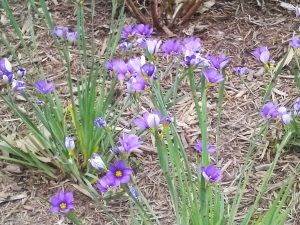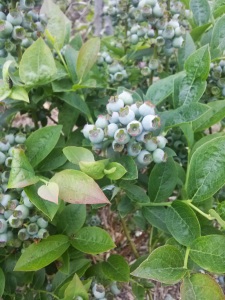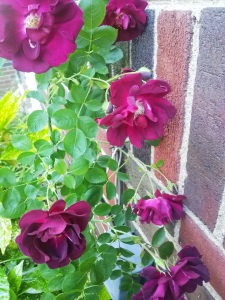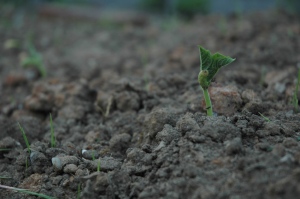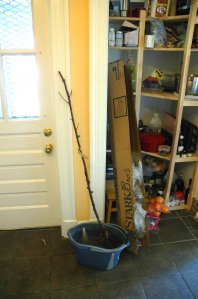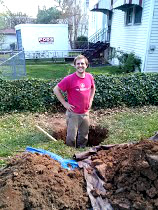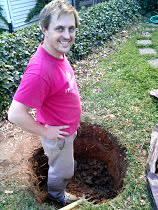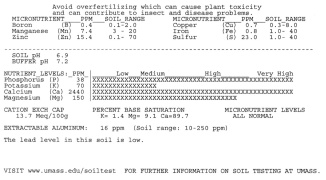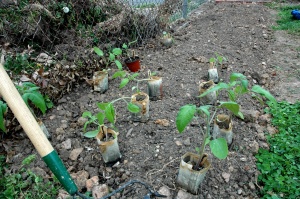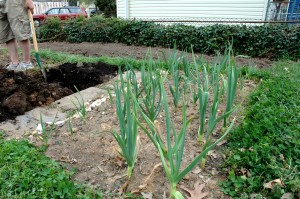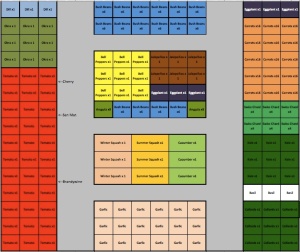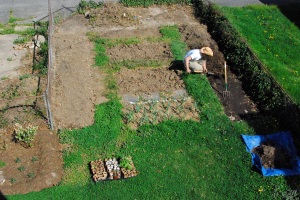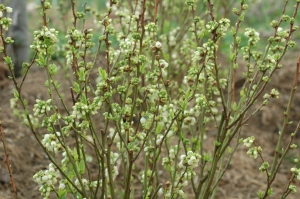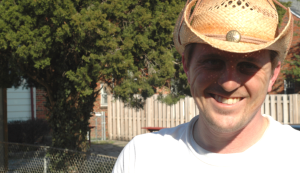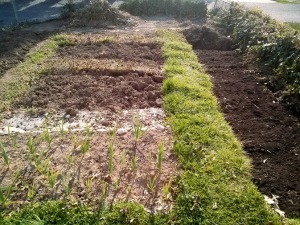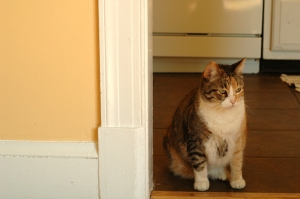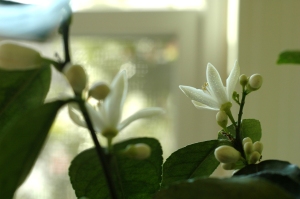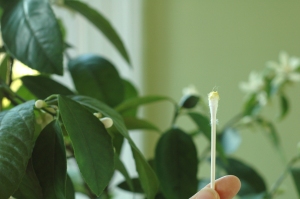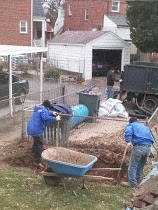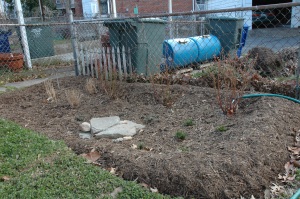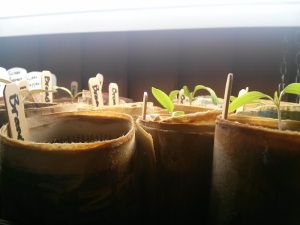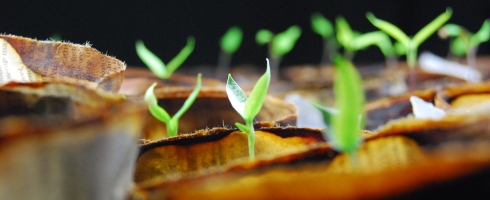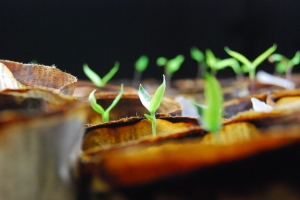So, as I mentioned before, our memorial tree for Bug is looking a little rough. More than a little rough, I think it might actually be a goner. This makes me incredibly sad. Way more upset than is actually warranted, I suspect. I hate when plants die anyway, and then you associate a particular plant with my baby. Well, it isn’t pretty. (Luckily Bug is growing better than the tree. Much better.)
But, it is motivating. We plan to replace the tree, it is an integral part of our overall backyard plan. So, I am going to damn well be sure that we don’t kill another tree. I’m going to do the research that I should have done the first time around. Here goes…
Bare root vs Root Ball
We initially made our decision on this front because the bare root tree was more economical (read cheap). Plus, it got delivered directly to the house, which is important because we still haven’t found a nursery near the new house that we like.
From what I’ve now read, the advantages to bare root (aside from the cost) is that the entire root system can be inspected. Also, more roots can be included in the shipped product because there isn’t as much soil and weight. On the con side, the tree is necessarily smaller when it is a bare root tree. So really it comes down to size. Oh, and skip the containerized trees because then you have to worry about circling roots.
Seasons
I assumed, much like the vegetable garden, that Spring was the right time to plant our new tree. From what I can tell, that was a pretty accurate assumption. Bare root trees need to be transplanted in either spring or fall. Root ball trees can be planted anytime, where as the bare root trees should only be planted in the spring and fall when it isn’t such a shock on their poor little system. We’re in Zone 7, so it is entirely possible that Fall is a better time for planting so that the plant stays dormant for a little longer. Our fig trees, planted in September, are doing great. Even so, we perhaps waited a bit too long to get our tree in the ground in the Spring.
Seasoning the Soil
As best I can tell from my research, we should’ve mixed some compost into the soil when we were planting our tree. We unfortunately just used available soil and covered that with a layer of straw as mulch (keeping a 3 inch radius away from the trunk though). On the other hand, we should lay off the fertilizer until the tree starts to bear fruit.
Water, Water Everywhere
This was undoubtedly our biggest challenge with the current tree. The tree really didn’t look good after the deluge of water that it got during our mini-monsoon season. Then, we clearly didn’t water enough after it got hot and dry again. We have some sort of mental block against watering to begin with, so we need to clarify how much water the tree actually needs.
So, new trees need 25 gallons of water per week to stay alive. According to Casey Trees, that’s equal to 1.5 inches of rain fall. The more I’m watching this, the more I’m thinking that not watering was a bigger sin in our case. Given our track record, we clearly need to get one a tree gator to help us remember to actually get the water out.
If You Want More Info:
There is some great information from the U of M here.
This is a great resource from Virginia Tech about all things trees.

